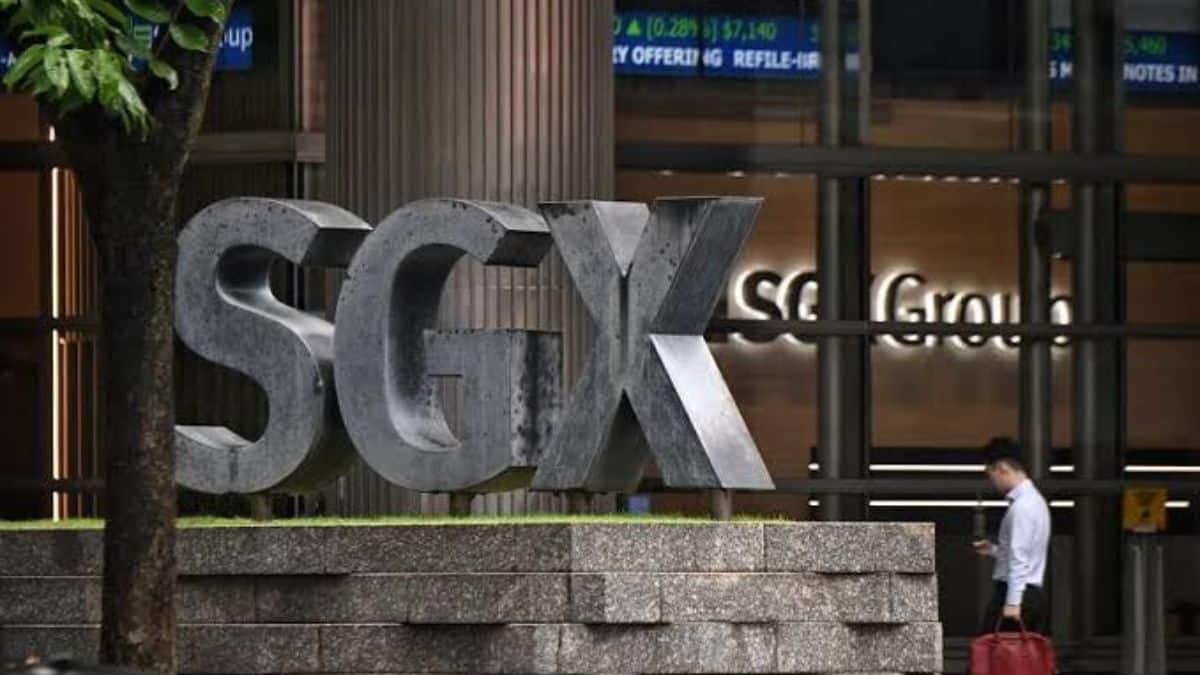 Image Credits: The Strait Times
Image Credits: The Strait Times
The Straits Times Index (STI) experienced a significant downturn on Tuesday, plummeting 1.4% as market sentiment was clouded by ongoing speculation about potential Federal Reserve rate cuts. This decline adds to recent volatility in Singapore’s stock market, reflecting broader uncertainties in the global economic landscape.
The STI, which tracks the performance of Singapore’s top companies, closed sharply lower, driven by investor concerns over the implications of possible changes in U.S. monetary policy. The recent sell-off comes amidst growing discussions in financial circles about whether the Federal Reserve will implement rate cuts to address economic slowdowns and inflationary pressures in the United States.
Analysts suggest that uncertainty surrounding the Federal Reserve’s next moves is contributing to heightened market volatility in Singapore. The anticipation of rate cuts has led to fluctuating investor confidence, impacting global markets and reverberating through Singapore’s financial sector. Lower interest rates in the U.S. could affect capital flows, influence exchange rates, and alter investment patterns, thereby affecting Singapore’s economic outlook.
In addition to external factors, Singapore’s market is also navigating its own economic challenges. Domestic economic data has shown mixed signals, with concerns about slowing growth and ongoing pressures in various sectors. The STI’s recent performance reflects a cautious investor sentiment amid these uncertainties.
The market’s response to potential Federal Reserve rate cuts underscores the interconnected nature of global economies and financial markets. As investors weigh the potential impacts on economic growth and corporate earnings, Singapore’s financial landscape remains sensitive to international developments.
The STI’s drop highlights the need for investors and policymakers to closely monitor both domestic and global economic trends. As discussions about U.S. monetary policy continue, market participants will be watching for signals that could influence Singapore’s economic trajectory and investment climate in the coming months.
